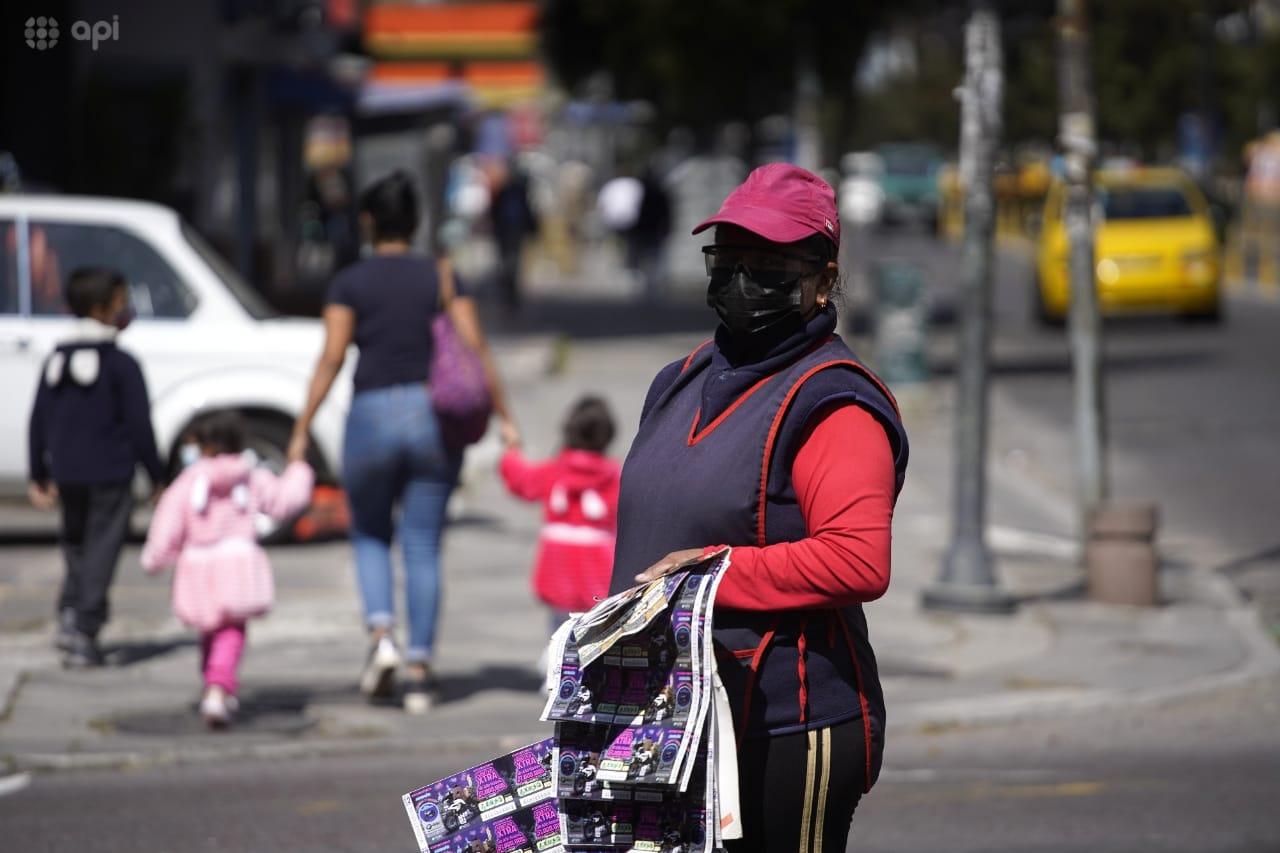The country is even below the regional average. The heavy red tape and obsolete regulations do not allow greater financial inclusion.
Even though the Association of Banks of Ecuador (Asobanca) announced that the portfolio of credits grew 14.2% in the last year, a small percentage of the population has access to formal financing.
Specifically, only 19% of Ecuadorians of working age have been able to benefit from a loan.
This level does not even reach the regional average of 25%, and clearly reflects the long road ahead for the country to improve financial inclusion.
Blanca Rivera, an economist and researcher on financial education issues, explained that, in the latest World Bank (WB) report on the facilities for doing business, Ecuador ranked 112th among 164 economies analyzed with respect to access from citizens to credit.
“Billions a year are spent in both the public and private sectors to loans of all kinds, but the majority of the population does not receive a penny of those financial products“, He said.
One of the sectors most affected by this reality is agriculture. Thus, for example, during 2021, Banecuador, the National Financial Corporation (CFN), and the entire network of banks and private cooperatives, delivered more than $423 million in loans; but that amount of resources only benefited 10% of the farmers in the field.
The paperwork strikes again
According to the World Bank, one of the main obstacles to the access to credit is the heavy burden of requirements that is required of applicants. That burden is up to two times higher in Ecuador than the average in Latin America.
Andrés Morales, financial engineer and teacher, pointed out that the vast majority of these requirements are the result of the financial sector It is one of the most regulated. In total, more than 50 reports must be delivered to institutions of all kinds such as the Internal Revenue Service (SRI), Superintendency of Banks, among others.
“Even the requirements The most basic ones, such as requesting a copy of the identity card, the payment roles, or the tax return, are not the whims of financial institutions, but are included in resolutions of the superintendencies and in all the tangle of current regulations” , he pointed out.
In this context, the solution is to modernize and refine these regulations, not only to streamline processes but also to make it easier for more Ecuadorians to access financial services of all kinds, including credits.
Otherwise, the current reality will remain, where 71% of the more than 5 million informal workers have not even made the attempt to apply for a loan, because they consider that it has three aspects against it: low income, they do not have documents in good standing and have no credit history.
How can you begin to reverse the situation?
Although banking has made progress in digitizing services and reducing costs for financial services (currently 80% have a zero rate), changes must still be made to reduce paperwork and make it easier to access to credit and other products.
Immediate actions that can be taken include the following:
Make an open data public policy effective. – It is urgent that the information that currently resides in databases such as the Internal Revenue Service, Civil Registry, Property and Mercantile Registries be made available to formal economic agents, obviously respecting and complying with personal data protection provisions. . It is unheard of that these data cannot be used for the rapid and safe evaluation of the risk of credit of a person and continue to be required to have copies of physical documents.
Allow access and use of alternative data to credit risk information. – If a person has never been banked, consequently, they have not had a credit not even in the commercial sector, how is it intended that it can be evaluated and have access to credits at financial sector with traditional mechanisms? If the use of alternative data is not allowed, such as, for example, the history of payment of public services, of educational pensions, in general, of acts that reveal the character of payment and fulfillment of obligations of a person, it will simply never be possible to include it’s in the Finance systemless with little technical policies for risk allocation in the interest rate as is currently the case.
Eliminate price controls and outdated regulations. – The establishment of maximum ceilings for interest rateswhich is basically a price control mechanism, not only does it not increase financial inclusion, but it causes more people to go to the chulco or other informal modalities to finance themselves.
One of the most affected segments is microcredit for small amounts of $300 or less. The maximum ceilings in the interest rates have made that segment almost disappear.
One of the few options left for poor entrepreneurs, both in the countryside and in the city, are informal lenders with rates of 5% per day or 1,500% per year.
During the first months of the Government of Guillermo Lasso, the interest rates They have fallen between 2% and 3% as a result of the reactivation and greater liquidity in the economy. However, this improvement has occurred despite the fact that the inefficient roof system is maintained, with some improvements. (JS)








